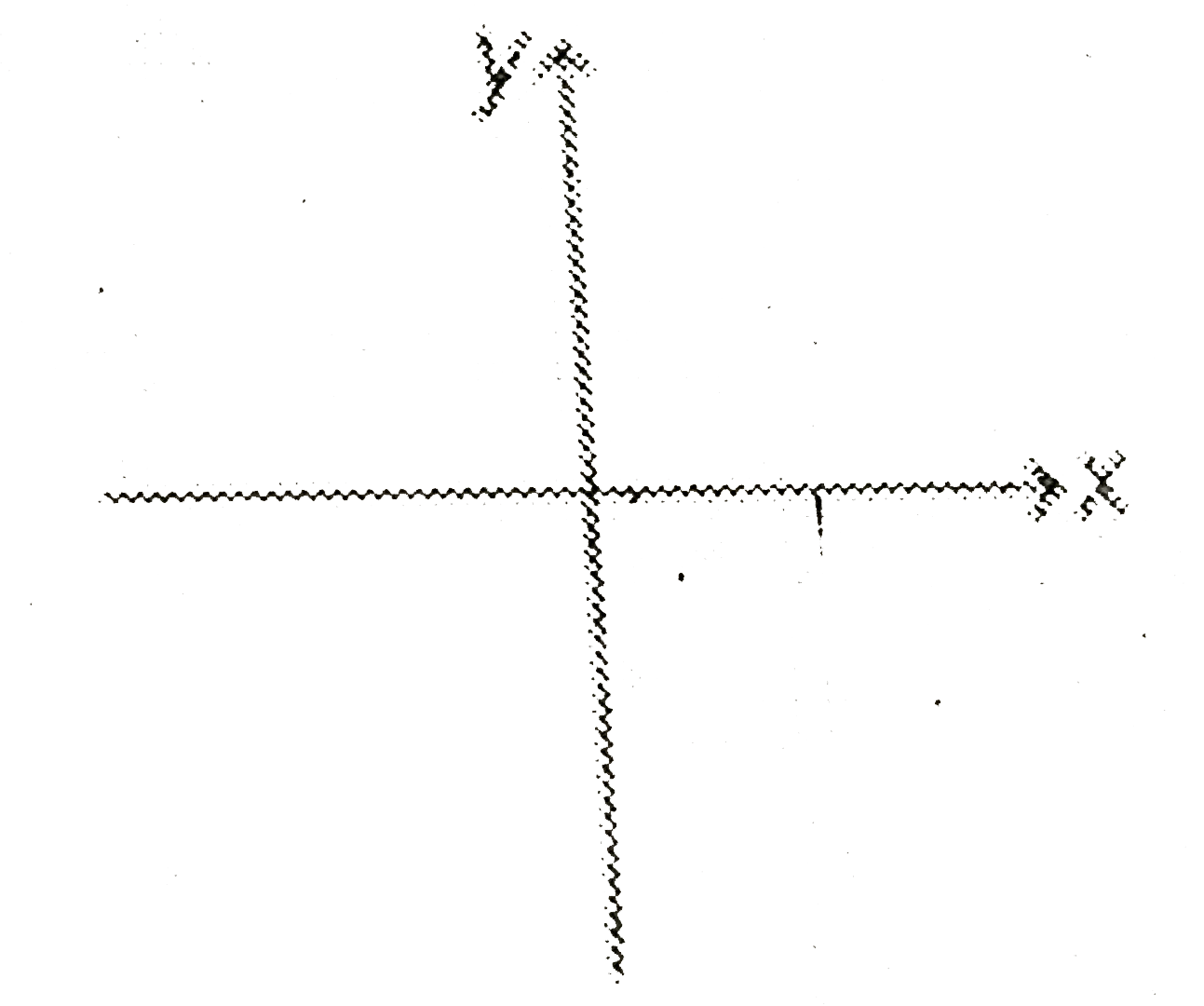The velocity of a particle moving in the x−y plane is given by
dxdt=8πsin2πtanddydt=5πsin2πt
where, t=0,x=8andy=0, the path of the particle is.
a straight line
a elliopse
a circle
a parabola
The correct Answer is:B
Step by step video, text & image solution for The velocity of a particle moving in the x-y plane is given by (dx)/(dt) = 8 pi sin 2 pi t and (dy)/(dt) = 5 pi sin 2 pi t where, t = 0, x = 8 and y = 0, the path of the particle is. by Physics experts to help you in doubts & scoring excellent marks in Class 12 exams.
Updated on:21/07/2023Topper's Solved these Questions
Similar Questions
The velocity of a particle moving in the x-y plane is given by dxdt=8πsin2πt and dydt=5πcos2πt where , t=0, x=8 and y=0, the path of the particle is
View SolutionThe motion of a particle restricted to move in a two dimensional plane is given by
x=2cosπt
and y=1−4cos2πt
where x and y are in metres and t is in seconds. Show that the path of the particle is a part of parabola y=5−2x2. Find the velcoity and the acceleration of particle at t=0 and t=1.5s.
View Solution
Knowledge Check
A partical moves in the x−y plane according to the scheme x=−8sinπt and y=−2cos2πt, where t is time. Find the equation of path of the particle
Ay=−2+x216By2=−2+x216Cx2=−2+y216Dx=−2+y216The displacement of a particle ( in meter ) from its mean position is given by the equation y=0.2(cos2πt2−sin2πt2), The motion of the above particle is
Anot simple harmonicBsimple harmonic with amplitude 0.2mCsimple harmonic with the period double that of a second's pendulumDsimple harmonic with amplitude 0.4 mA xandy co-ordinates of a particle are x=Asin(ωt)andy=Asin(ωt+π/2). Then, the motion of the particle is
 Acircular anticlockwiseBcircular clockwiseCelliptical clockwiseDrectilinear
Acircular anticlockwiseBcircular clockwiseCelliptical clockwiseDrectilinear
A particle is subjected to two simple harmonic motions given by
x1=2.0sin(100πt) and x2=2.0sin(120πt+π/3)
where, x is in cm and t in second. Find the displacement of the particle at
(a) t=0.0125,
(b) t=0.025.
View SolutionIf two SHMs are repersented by y1=10sin(4π+π/2) and y2=5(sin2πt+√8cos2πt), compare their amplitudes .
View SolutionA particle moves along y - axis according to the equation y(in cm)=3sin100πt+8sin250πt−6
View SolutionA particle is executing a motion in which its displacement as a function of time is given by
x=3sin(5πt+π/3)+cos(5π+π/3) where x is in m and t is in s. Then the motion is
View SolutionThe equation of linear S.H.M. of a particle is given by x=0.5sin[4πt−π3], the term π3 represents
View Solution
